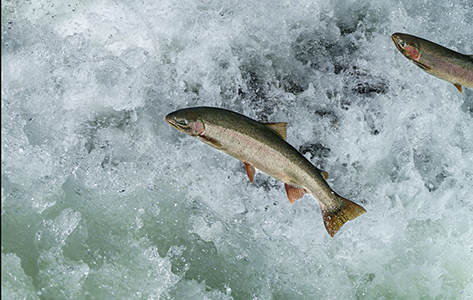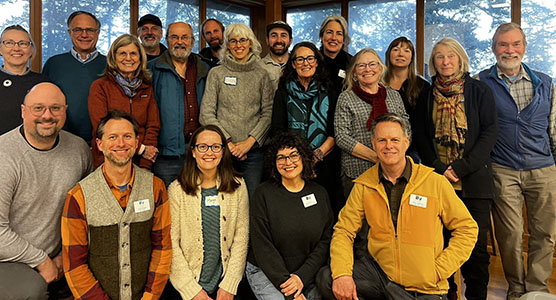— from various sources —
“Yom Kippur, known as the Day of Atonement, began this year at sundown Tuesday, Oct. 11, and conclude shortly after sundown the following day, Oct. 12. For many, it means 25 hours of contemplation on the year just gone and the one to come.
“As well as fasting, Jews across the world will mark the holiest day of the Jewish calendar with intensive reciting of prayers: yom-kippur-2016-key-prayers-recite-jewish-day-atonement
“The day is the culmination of the Days of Awe, which is the period of repentance that begins with the Jewish New Year, Rosh Hashanah. On Yom Kippur, Jews ask for forgiveness and pardon for sins committed in the previous year and resolve to do better in the year ahead.
Traditional Yom Kippur garb is white, to represent purity. Observant Jews avoid wearing leather on the holiday, since that results from the taking of a life.
“Five prayer services are led on Yom Kippur, and continue over through the next day:
- Kol Nidre
Kol Nidre annuls the pledges made the previous year. It is read, in Aramaic not Hebrew, at the evening service that begins Yom Kippur. - Al Chet
A special version of the Al Chet, a confession of sins featuring a series of statements, is recited several times during the course of Yom Kippur. Each line begins with “For the sin which we have committed before you…”- “For the sin which we have committed before you under duress or willingly. And for the sin which we have committed before you by hard-heartedness.
- For the sin which we have committed before you inadvertently.
- And for the sin which we have committed before you with an utterance of the lips.
- For the sin which we have committed before you with immorality.
- And for the sin which we have committed before you openly or secretly.
- For the sin which we have committed before you with knowledge and with deceit.
- And for the sin which we have committed before you through speech.”
- Yizkor
Yom Kippur is one of four occasions during the year that the Yizkor is read. While traditionally a memorial prayer for a deceased parent, it can also be used for other relatives. - Sheema
During the final service of Yom Kippur, the daily prayer, the Sheema is said three times. On this special occasion, the second verse is read aloud rather than in an undertone. “Blessed be the name of the glory of His kingdom forever and ever.”
“The Neilah service as a whole is unique to this day and it concludes with the sounding of the shofar – a ram’s horn – to signal the end of Yom Kippur.”
Fasting is commonly practiced from sundown to sundown. Families typically eat a large, pre-Yom Kippur meal before the sun sets and the fast begins. Another large meal takes place to break the fast the following day, and many indulge in foods and sweets like noodle pudding and blintzes.
The Shofar
by Ruth FogelmanInhale
the shofar’s blasts
and let its white voice
expand as it whirls within you.As the call expands in you,
let it transport you to Sinai
when the sound shook the ground
and the mountain wrapped in smoke.When the shofar’s light swirls
let its warmth seep into your bones
and carry you on wings
beyond the storm-winds of the southto the time
when a great shofar is heard
and a new light shines;
when lambs frolic with wolves
and a child romps with snakes;
when no-one is afraid,
and all creatures knowthe One, endless, timeless One.
**If you are reading theOrcasonian for free, thank your fellow islanders. If you would like to support theOrcasonian CLICK HERE to set your modestly-priced, voluntary subscription. Otherwise, no worries; we’re happy to share with you.**







